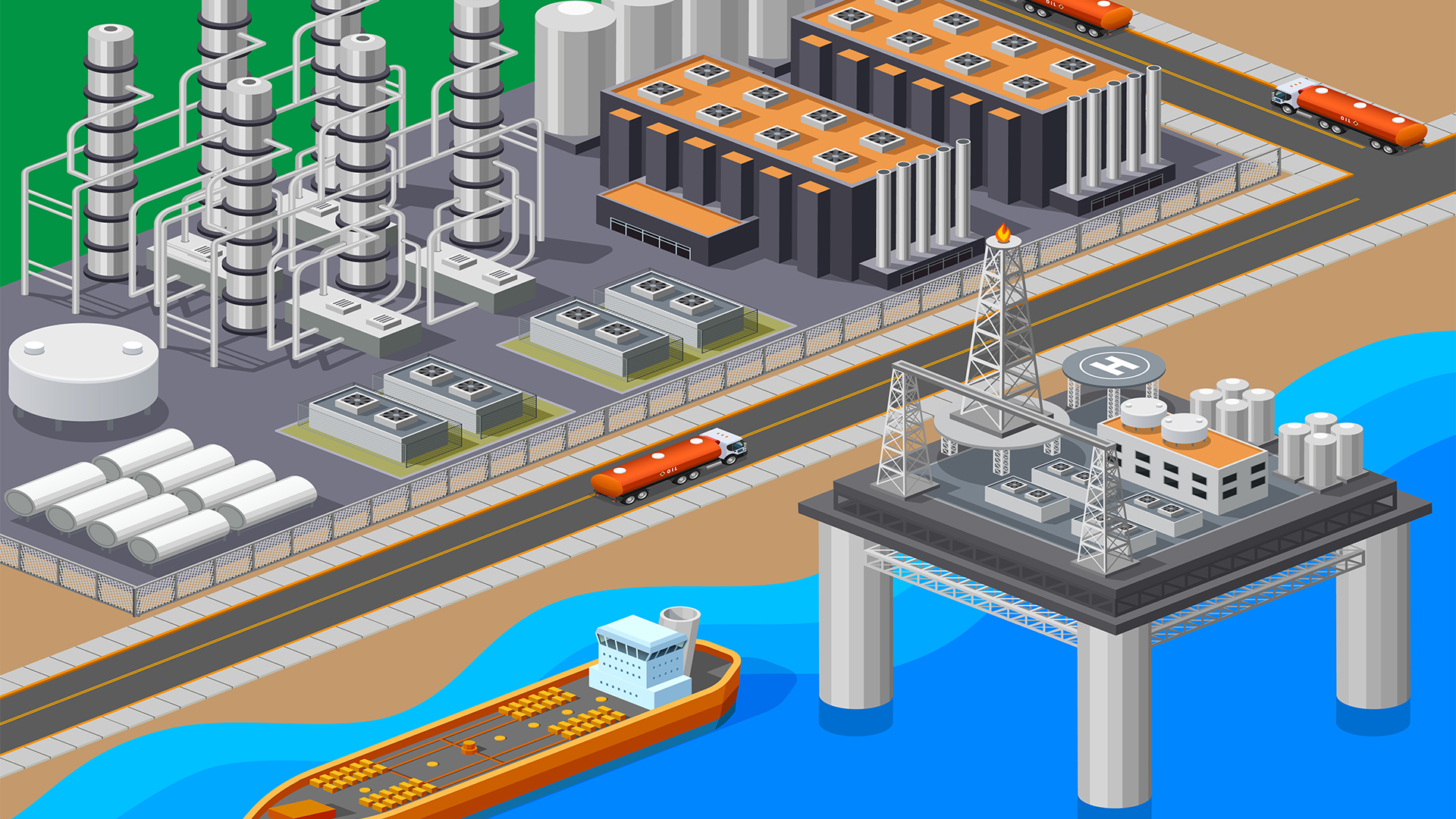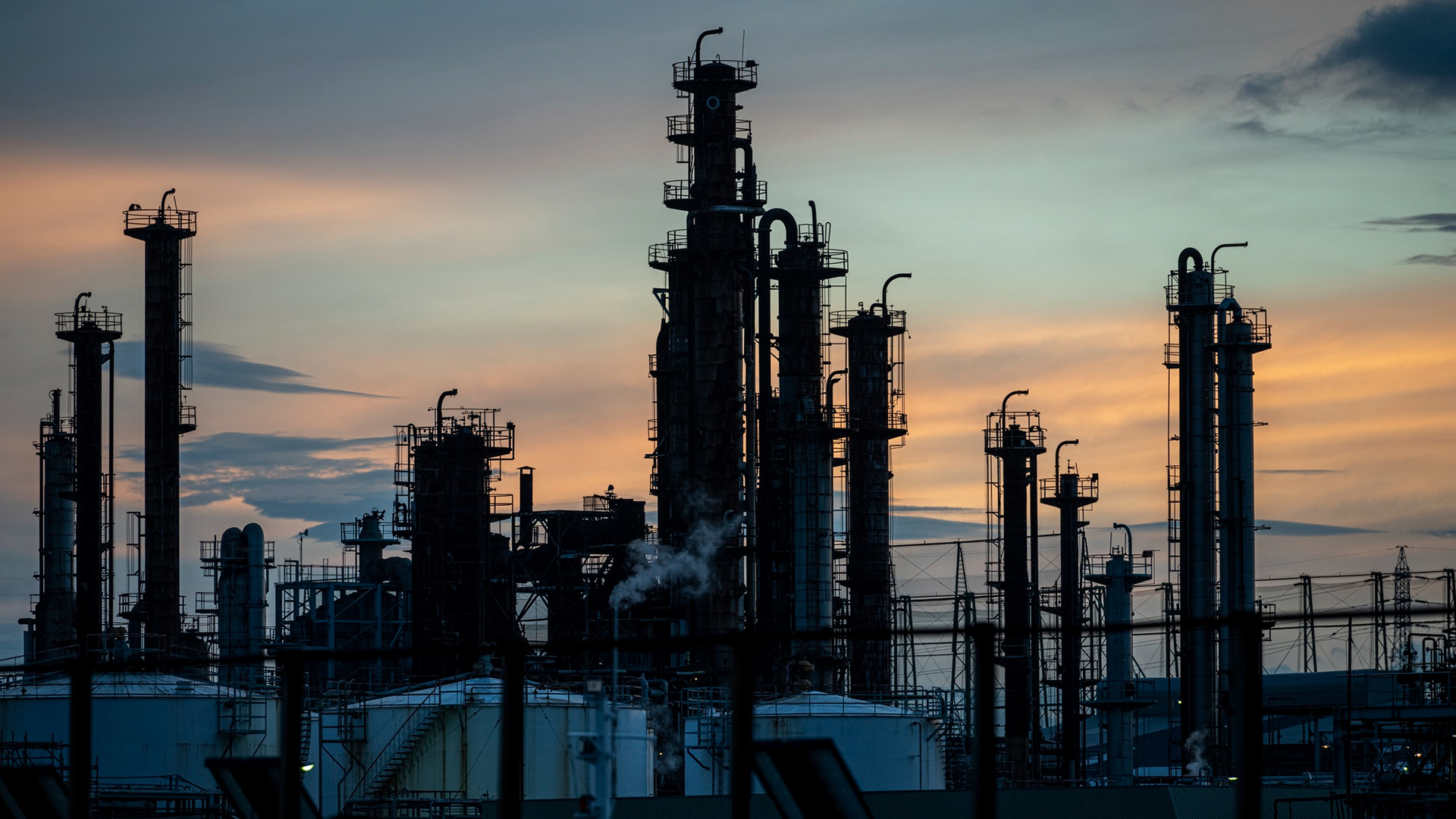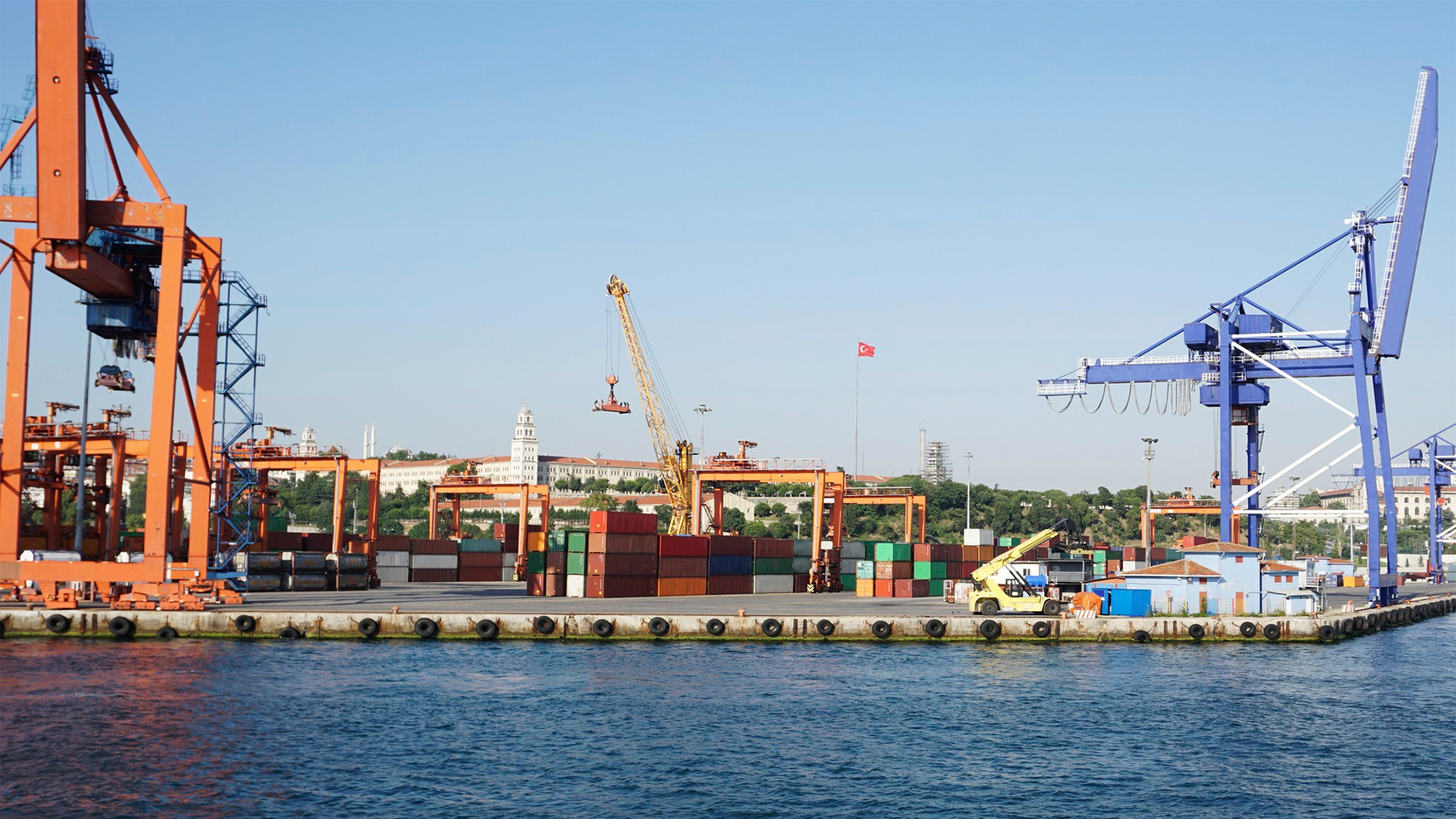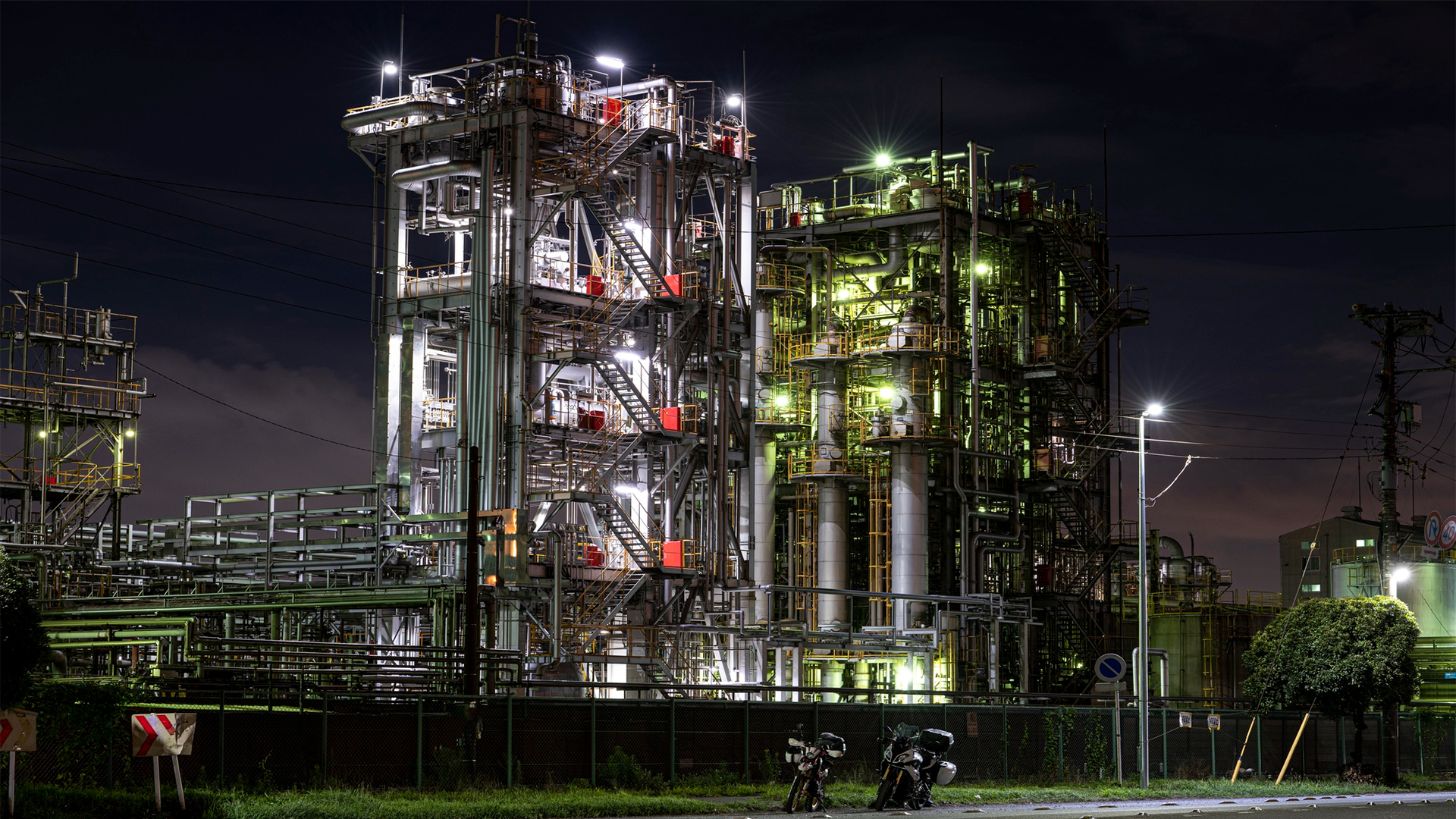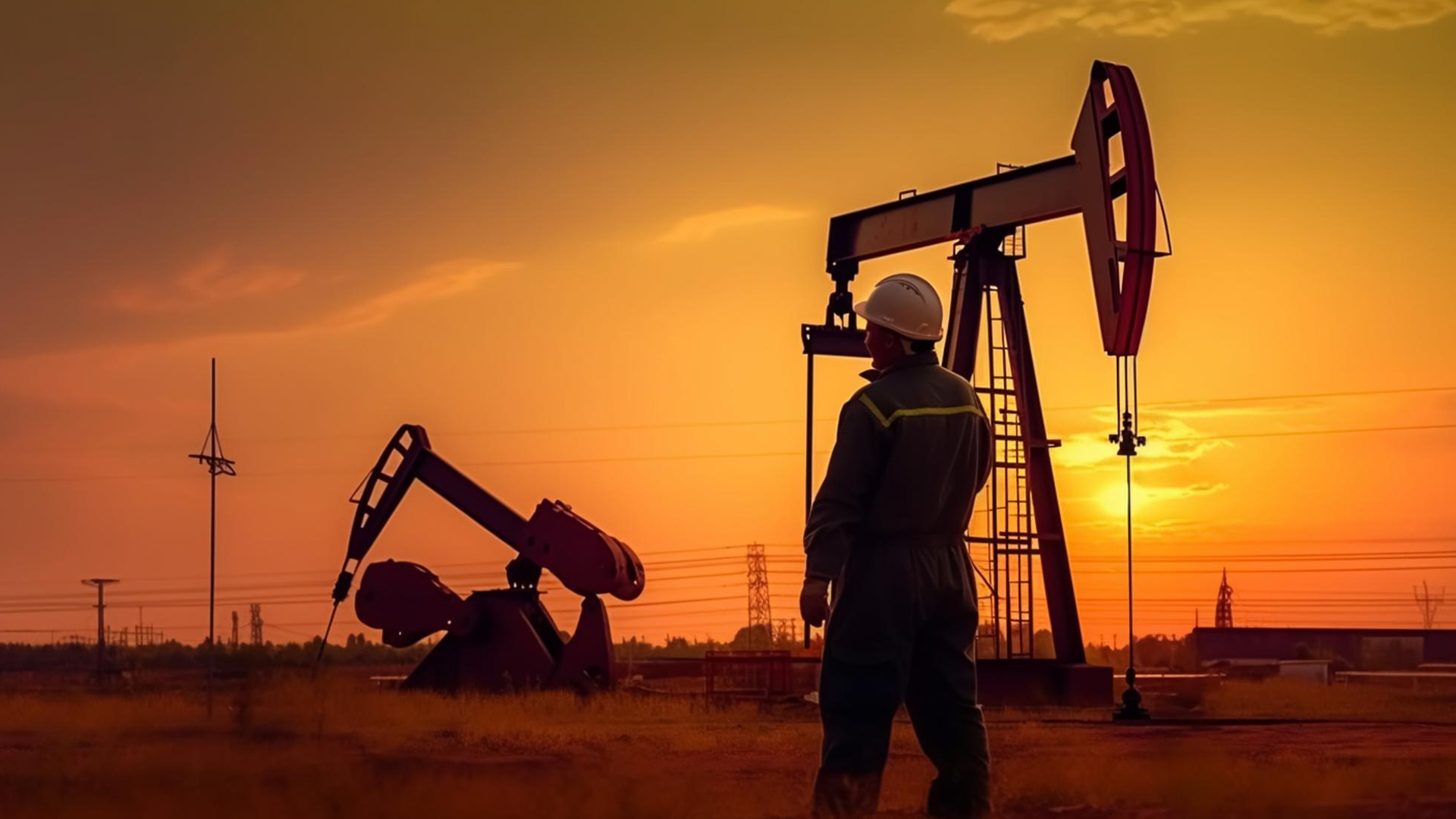
The Ultimate Drilling Technologists
Course overview
There are several different upstream activities in the oil and gas business. Drilling is one of the key components of the upstream sector. The extraction of black gold from beneath the earth’s surface requires sophisticated equipment, procedures, and techniques, all of which make drilling a complex and intricate operation. A multidisciplinary technique with intricately coordinated onshore and offshore operations is drilling.
Within the upstream oil and gas industry, drilling presents a variety of dynamic difficulties and boasts some of the most cutting-edge technologies available. Drilling allows for the exploration of oil and gas resources that were previously unreachable through the application of advanced technologies and various well profiles. This course is specifically created to provide the necessary knowledge about the various drilling methods, the procedure for carrying out drilling operations, and the tools used to explore unconventional reservoirs so that students can excel in drilling methods and procedures. Multidisciplinary teams may be able to work together through drilling, which may open up new avenues of opportunity.
This course, which was created by Training Bee, aims to teach engineers and students from various fields a variety of drilling methodologies, processes, techniques, tools, technology, and engineered concepts. All facets of drilling techniques, procedures, and equipment utilized in the upstream oil and gas sector—both onshore and offshore—will be covered in this course.
Introduction
Greetings and welcome to the Oil and Gas Drilling Technology, Tools, Methods, and Processes course. This extensive curriculum is created to provide you the information and abilities you need to succeed in the ever-changing and essential field of oil and gas resource drilling.
The foundation of the global energy sector is drilling, which makes it possible to collect lucrative hydrocarbon resources from underneath the surface of the Earth. Drilling activities are essential to supplying the growing energy demands of society. This course has been carefully designed to provide you a thorough grasp of the difficulties and complexities associated with oil and gas drilling.
Participants will participate in a mix of lectures, practical exercises, case studies, and interactive discussions facilitated by professionals in the field during this course. In addition, you will have the chance to network with other industry experts and learn from practical projects that have influenced the drilling sector.
Upon completion of this program, you will not only have a thorough understanding of oil and gas drilling, but you will also be equipped with the knowledge and skills necessary to make wise decisions, improve project performance, and support the ethical and sustainable growth of these vital elements of the world’s energy landscape.
We are The Training Bee, a global training and education firm providing services in many countries. We are specialized in capacity building and talent development solutions for individuals and organizations, with our highly customized programs and training sessions.
Learning Objectives
Upon completing Oil and Gas Drilling Technology, Tools, Methods and Process, participants will be able to:
- Total understanding and information regarding all aspect of drilling operations, whether they take place offshore or onshore.
- The necessary expertise and self-assurance to manage difficult drilling situations and make quick, accurate judgments in order to carry out drilling operations successfully.
- The ability to comprehend and be knowledgeable about every piece of gear and instrument needed for both onshore and offshore conventional and unconventional drilling operations.
- To impart the knowledge and self-assurance necessary to train young professionals who are employed in drilling operations or who hope to work in the drilling department.
- To improve the capacity to implement sophisticated and advanced drilling operational concepts, procedures, processes, and high-tech instruments in order to simplify, expedite, and improve the accuracy of work.
Our Unique Training Methodology
This interactive course comprises the following training methods:
- Journaling – This consists of setting a timer and letting your thoughts flow, unedited and unscripted recording events, ideas, and thoughts over a while, related to the topic.
- Social learning – Information and expertise exchanged amongst peers via computer-based technologies and interactive conversations including Blogging, instant messaging, and forums for debate in groups.
- Project-based learning
- Mind mapping and brainstorming – A session will be carried out between participants to uncover unique ideas, thoughts, and opinions having a quality discussion.
- Interactive sessions – The course will use informative lectures to introduce key concepts and theories related to the topic.
- Presentations – Participants will be presented with multimedia tools such as videos and graphics to enhance learning. These will be delivered engagingly and interactively.
Training Medium
This Oil and Gas Drilling Technology, Tools, Methods and Process training is designed in a way that it can be delivered face-to-face and virtually.
Course Duration
This training is versatile in its delivery. The training can be delivered as a full-fledged 40-hour training program or a 15- hours crash course covering 5 hours of content each day over 3 days
Pre-course Assessment
Before you enroll in this course all we wanted to know is your exact mindset and your way of thinking.
For that, we have designed this questionnaire attached below.
- What are the main goals of oil and gas drilling, and what are the differences between onshore and offshore drilling environments?
- Explain the main parts of a drilling rig and how each one works during the drilling process.
- What safety factors are essential in oil and gas drilling, and how may they be taken into account to reduce hazards to the environment and people?
- Describe the entire drilling process, including the choice of the drilling site and well completion, and talk about the functions of the various drilling instruments and equipment.
- What are the main purposes and characteristics of drilling fluids, and how do they help in the drilling process?
Course Modules
This Oil and Gas Drilling Technology, Tools, Methods and Process covers the following topics for understanding the essentials of the Agile Workplace:
Module 1 – Basics of Drilling Engineering and Technology
- Cycle of oil and gas wells
- A team member’s role
- Managing the risks associated with drilling
- Rig drilling
- Introduction of rig equipment
- Make timely preparations.
Module 2 – Tools for Drilling and Rig Sizing
- Kinds of rigs
- Facilities for rigs
- Design of drilling strings
- Design of Bottom Hole Assembly (BHA)
- Tools for drilling
Module 3 – Drilling Specifications
- Permeation rate (ROP)
- Bit weight (WOB)
- Level RPM
- RPM of a downhole
- The temperature
Module 4 – Drilling Hydraulics and Drilling Fluids
- Design and uses of drilling mud
- Mud Tank configuration and layout
- Management of solid waste
- Hydraulic drilling
- Applications and types of drilling fluids
- Design of drilling fluids
Module 5 – Techniques and Profiles for Drilling Wells
- Technology for directional drilling
- The method of directional drilling
- Standing wells
- Vertical wells
- Profiles of directional wells
Module 6 – Mud logging, wireline, MWD, and LWD
- Wireline methods and apparatus
- MWD methodologies
- Tools MWD
- LWD methodologies
- LWD equipment
- Mudlogging Methods
Module 7 – Drilling Issues
- Trapped pipe
- Drill string malfunction
- BHA breakdown
- Sensations
- Giving way
- Slide stick
Module 8 – Good Handling
- Well control apparatus
- Kicks lead to
- Avoidance of kicks
- Kick identification
Post-course Assessment
Participants need to complete an assessment post-course completion so our mentors will get to know their understanding of the course. A mentor will also have interrogative conversations with participants and provide valuable feedback.
- What are the main goals of drilling for oil and gas, and how are they different for onshore and offshore operations?
- Explain the primary parts of a drilling rig and how each one works during the drilling process.
- To reduce hazards to workers and the environment during oil and gas drilling, how should safety measures be prioritized and put into practice?
- Describe the entire drilling process, from choosing a site to finishing the well, and go over the important tools and equipment that are utilized at each step.
- What are the main purposes and characteristics of drilling fluids, or mud, and how do they help with the drilling process?
- Distinguish between directional drilling, hydraulic fracturing (fracking), and rotary drilling. Talk about the advantages and uses of each type of drilling technique in the oil and gas sector.
Lessons Learned
Safety comes first: In oil and gas drilling, safety is not just a top priority but also a fundamental principle. Maintaining the safety of employees, the environment, and the industry’s reputation requires constant attention to detail.
Technical Proficiency Is Essential: Effective and secure drilling operations depend heavily on having solid technical knowledge, which includes an awareness of the instruments, machinery, and procedures used in drilling.
Environmental Responsibilities: Drilling responsibly entails reducing the negative effects on the environment, following rules, and promoting sustainability. Taking care of the environment is a common duty.
Creativity is Vital: Drilling operations are becoming more automated and reliant on digital technologies as the sector changes. Accept innovation to raise productivity and security.

